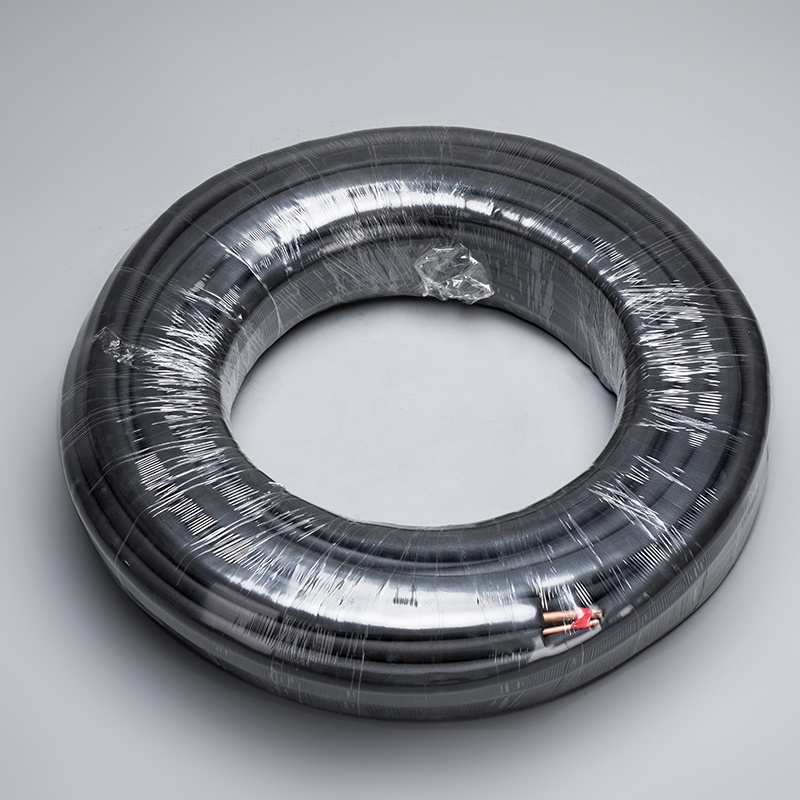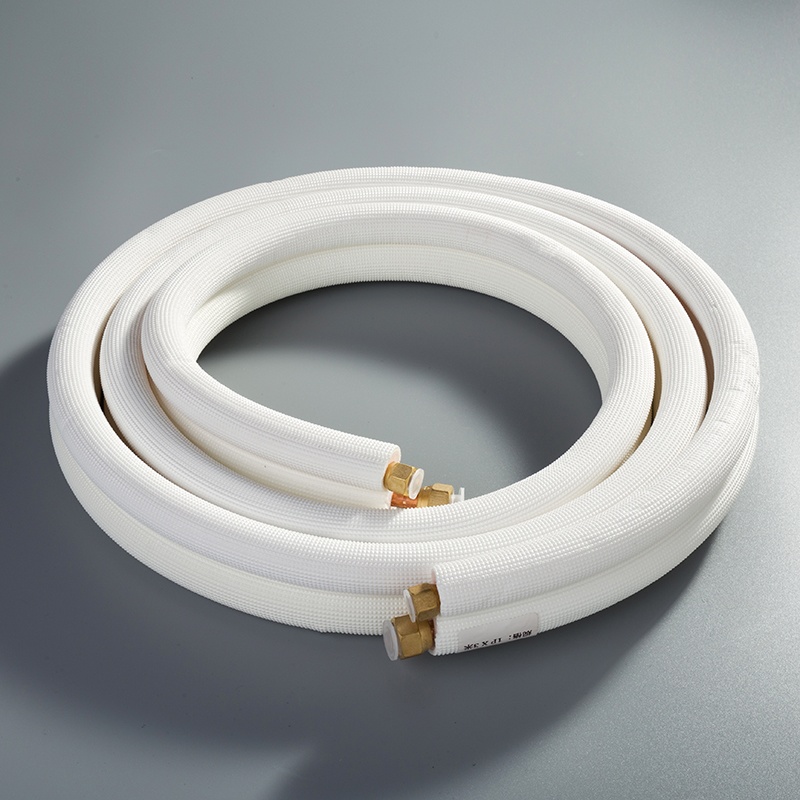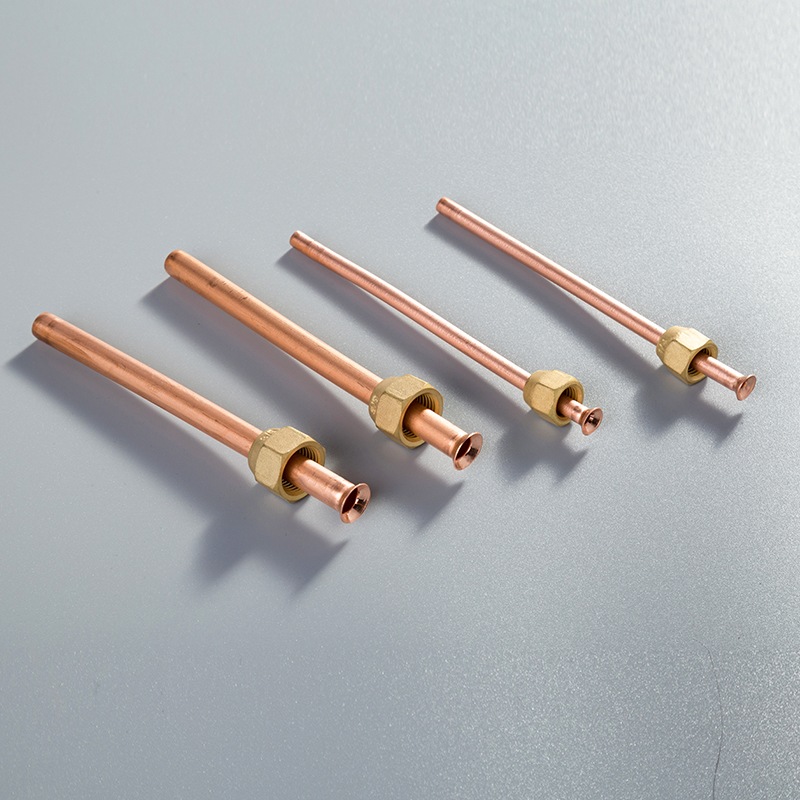Measuring Copper Pipe Diameter: A Step-by-Step Guide

Accurate measurements, such as determining the outside diameter of copper pipe, are crucial in plumbing projects, impacting up to 40-60% of total costs. Identifying issues like corroded pipes and unforeseen challenges ensures project success. By preparing detailed cost breakdowns, including labor and materials, estimations become more competitive. Job difficulty also influences costs significantly, especially in hard-to-reach areas. Tasks like sanding and polish copper pipes can add to the complexity. Additionally, knowing how to ream copper pipe and repair copper pipes is essential for efficient planning and cost-effective solutions. Understanding these factors is key to successful project execution.
Tools and Preparation

Essential Tools
When preparing to measure the diameter of a copper pipe, it is essential to have the right tools at hand. One crucial tool is the Measuring Tape. This tape allows for precise measurements, ensuring accuracy in determining the pipe's size. Another handy method is the String Method, which provides a flexible alternative for measuring pipes with irregular shapes or bends.
Preparing the Pipe
Before taking measurements, it is vital to prepare the copper pipe properly. Cleaning the Pipe ensures that there are no obstructions or debris that could affect the measurement process. Sanding the Surface of the pipe smoothens out any rough edges, making it easier to wrap with a tape measure or string. Lastly, Polishing Copper Pipes not only enhances their appearance but also helps in obtaining more accurate measurements.
Measuring Techniques

When it comes to accurately determining the outside diameter of a copper pipe, precision is key. By utilizing specific techniques, individuals can ensure that their measurements are as accurate as possible.
Using a Measuring Tape
To start, when using a Measuring Tape to measure the diameter of a copper pipe, begin by wrapping the tape around the pipe's outer circumference. This step allows for an initial assessment of the pipe's size. Once wrapped, calculate the diameter by dividing the measured circumference by pi (approximately 3.1415). This straightforward method provides a reliable measurement of the pipe's outer diameter.
Using the String Method
Alternatively, employing the String Method offers flexibility when measuring pipes with irregular shapes or bends. Start by wrapping a string around the outside of the copper pipe and making a mark where it meets its starting point. Afterward, measure the length of this string using a standard ruler or measuring tape. Similar to using a measuring tape, calculate the diameter by dividing this measured length by pi (3.1415). This method is particularly useful for pipes that are challenging to measure with traditional tools.
Ensuring Accuracy
To guarantee precise measurements, additional steps can be taken to enhance accuracy further. For instance, before measuring, consider reaming the copper pipe to remove any imperfections that could affect readings. Additionally, always double-check measurements to catch any discrepancies and ensure consistency in your calculations.
In various industries like pharmaceuticals or manufacturing, accuracy in measurements is crucial for maintaining quality standards and operational efficiency. By implementing proper measurement techniques and ensuring accuracy through regular checks and maintenance procedures, professionals can uphold high-quality outputs and prevent costly errors in their projects.
Tips and Maintenance
Regular Checks
Inspect for Damage
Regularly inspecting copper pipes for damage is crucial to prevent potential leaks or bursts. By examining the pipes closely, individuals can identify any signs of corrosion, dents, or cracks that may compromise the pipe's integrity. Repairing these issues promptly can help avoid costly repairs in the future and maintain the efficiency of the plumbing system.
Proper Storage
Avoid Moisture
Proper storage of copper pipes is essential to prevent moisture buildup, which can lead to corrosion over time. Storing pipes in a dry and well-ventilated area helps maintain their quality and prolongs their lifespan. Additionally, ensuring that the pipes are kept away from direct contact with water sources or damp environments further protects them from damage.
Use Protective Covers
Using protective covers for copper pipes adds an extra layer of defense against external elements that could cause harm. These covers shield the pipes from physical damage, such as scratches or dents, during transportation or storage. By investing in protective covers, individuals can safeguard their copper pipes and extend their longevity.
Testimonials:
MicronPA: "If measuring tools don’t receive proper care and maintenance, they’re more likely to take inaccurate readings."
ServiceFolder: "They can also showcase testimonials from satisfied customers and emphasize guarantees or warranties offered for their work."
By incorporating regular checks into maintenance routines and implementing proper storage practices, individuals can ensure the longevity and efficiency of their copper pipes. Taking proactive measures to inspect for damage and protect pipes from environmental factors not only extends their lifespan but also minimizes the need for frequent repairs.
To conclude, it is essential to recap the key steps in measuring copper pipe diameter accurately. Regular maintenance, including tasks like lubrication and calibration, is crucial for ensuring precise readings and extending the life of measuring tools. Neglecting maintenance can lead to inaccurate measurements, costly breakdowns, and reduced efficiency. Therefore, individuals are encouraged to practice accurate measurements diligently to achieve optimal results in their plumbing projects.
By incorporating these practices into their routine, individuals can maintain the quality of their work and prevent potential errors that may arise from inaccurate measurements.
See Also
Mastering Copper Pipe Sizing: A Complete Tutorial
Simple Techniques: Measuring Copper Pipes for DIY Achievement
Effortless Tutorial: Mastering Copper Pipe Measurement


